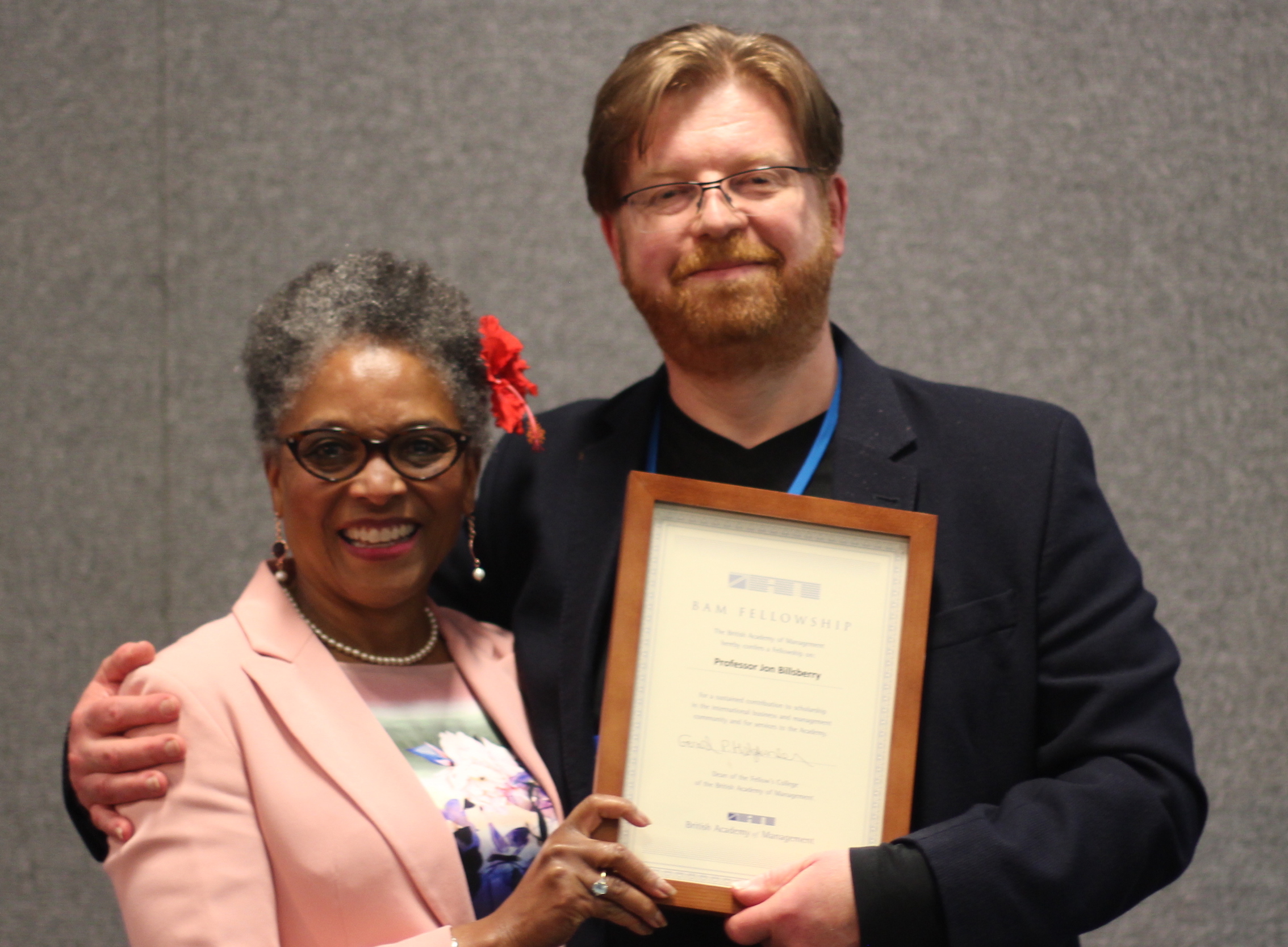Person-Organisation Fit: Value Congruence in Attraction and Selection Decisions (LAP Publishing)
This book contains an account of a series of studies that comprised my Ph.D. thesis. It is almost a word-for-word copy of my manuscript. The only changes are a few phrases to make it suitable for a book. Also, I have removed the appendices (except the first two, which I have included in the text) and done some minor tidying-up.
The subject of my thesis was Schneider’s Attraction–Selection–Attrition cycle (ASA; Schneider, 1987). This is one of the most influential models in organisational behaviour in general and person–organisation (PO) fit in particular. The main idea is that because of the phenomenon of ‘similarity leads to attraction’ during the phases of application, selection and employment, organisations attract, select, and retain similar types of people thereby creating homogeneity in the type of people employed by the organisation. He predicts that over time this homogeneity is dysfunctional for organisations, as they become increasingly ingrown and resistant to change.
In reviewing the literature, I found that there had been relatively few studies of Schneider’s attraction and selection propositions (i.e. that organisations attract and select people similar to those already employed) and none had that looked at whether values were part of this similarity. So that is what I looked at. The first part of this book contains my literature review. These chapters position Schneider’s ASA cycle within the wider PO fit literature and review the studies that have considered features of the cycle. The second part of the book explains a series of pilot studies that I had to undertake in order to develop a method for assessing value congruence in organisations. The main study, which is reported in the third part of this book, is a direct test of Schneider’s attraction and selection propositions.
Since the acceptance of my thesis, the field of person-organisation fit has moved on to different ground with much attention devoted to methodological and conceptual issues. As a result, some of my findings and subsequent conjectures have not been followed-up. These include the finding that people leaving university make career (or vocational) choices, rather than organisational choices and that value congruence only had a very small influence in selection decisions and only when there is face-to-face contact between applicant and selector. My conjectures include the idea that the ASA framework is more likely to be supported in internal recruitment rather than when people apply from other organisations and that people need to have made career choices before organisational choices would become apparent. My hope is that by publishing this book now, I shall re-ignite interest in these ideas and prompt studies of these conjectures.
I should also note that if I were conducting this study today, I would adopt a similar design with a ‘control group’, but I would analyse the data differently. Instead of using difference scores, I would try to find a way of using polynomial regression and surface response graphs with this data. In publishing these studies, I have decided not to make changes to the analysis. I fear that if I start making changes, I will have to change everything and that would defeat the object of this publication.
BUY IT HERE WITH FREE SHIPPING: https://www.morebooks.de/store/gb/book/person-organisation-fit/isbn/978-3-8383-3729-6





